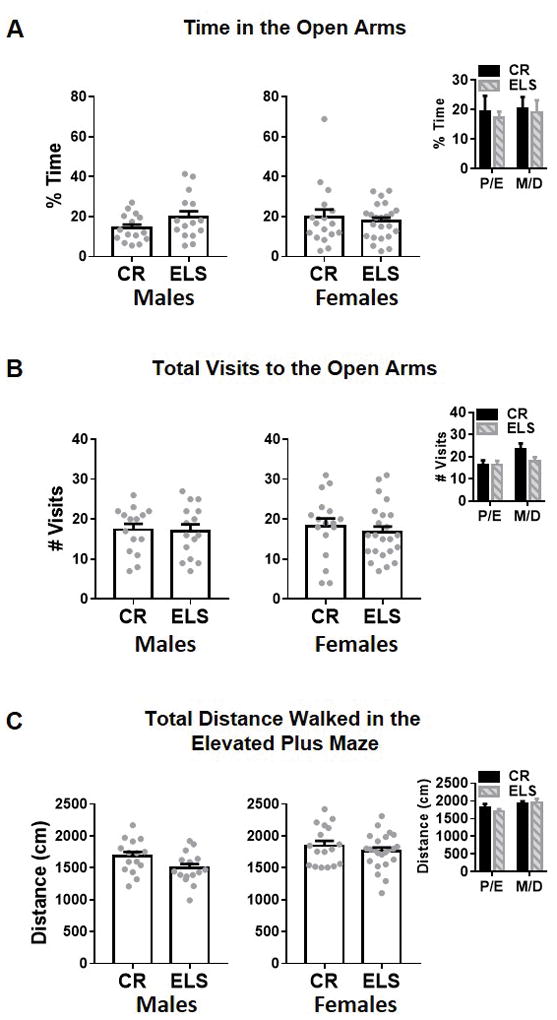Fig. 6. Elevated plus maze comparison of anxiety-like behavior between control reared (CR) and early life stressed (ELS) mice.

A) ELS does not affect the total percent time that mice spent on the open arms of the elevated plus mace for either males (left) or females (right), nor does estrous stage (right inset) effect this behavior. B) ELS and control male (left) and female (right) did not differ in the number of visits to the open arms. Estrous stage (right inset) did not affect the number of visits. C) ELS and CR mice walked the same total distance. Estrous stage did not affect the distance moved (right inset). Gray dots represent individual data, bars represent group means +/− SEM. Unpaired student t test were used to assess statistical significance between CR and ELS mice of a given sex, while a Two-Way ANOVA was used to assess differences in cycle stage between ELS and CR females. (CR males, n = 15; ELS males, n = 15; CR females, n = 17; ELS females, n = 23). * = p < 0.05
